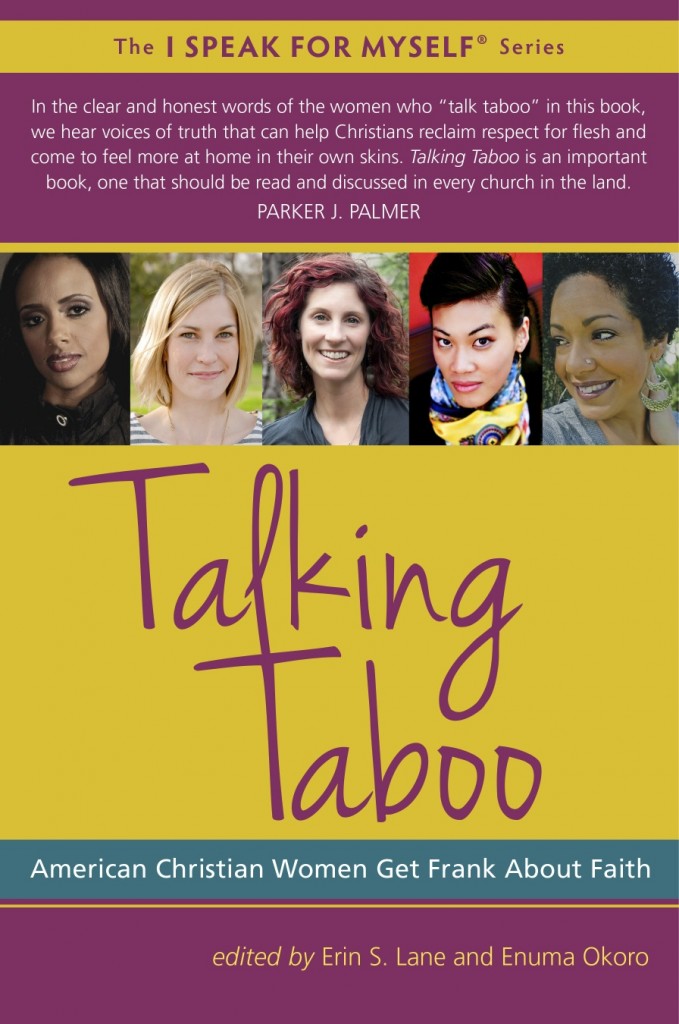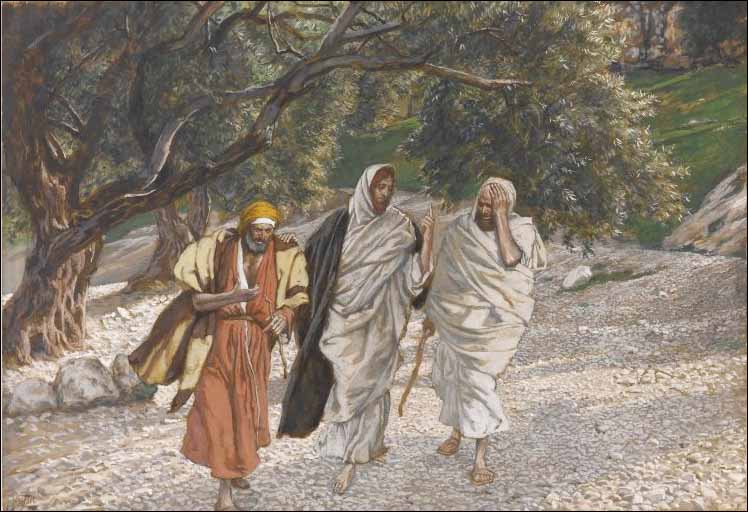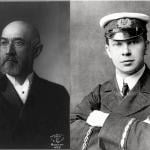Last night I took my good friend and fellow blogger Erin to the sneak preview screening of “Blue Like Jazz,” directed by the amazing Steve Taylor. The movie, which comes out on April 13th, is based on the bestselling book by Donald Miller. Before the movie started Erin and I went to say hello to Steve, a growing friend I met a year ago, and who happens to be not just uber-talented but also one of the nicest people out there. Steve introduced us to Don and before we knew it, Erin and I were engaged in a lengthy and intriguing conversation with Miller that lasted well after the movie and ended over glasses of red wine at a local Durham joint. We were eventually joined by the small yet powerful roving movie crew on tour presenting the movie for 30 days in 30 cities. Ben Pearson is the cinematographer/photographer and Jim Chaffee of Chaffee Management Group is Don’s manager/booking agent. I don’t know which was more enjoyable and entertaining, the movie or the insta-community but both made for a memorable night.
The movie is delightful to watch. I’m aesthetically motivated and I can’t help but comment on how much the cinematography seemed to play it’s own character. The constant looming darkness always just a scene away and the foggy grey and blue hues whitewashing the background of conversations and activity mirrored the cloudy and haunting faith of the young men and women in the film. Immersed in this are a few scenes in which the viewer is appropriately overloaded by sounds, raging colors, and general collegiate mayhem. Taylor does a great job of offering a feel of Reed College, (whose unofficial motto is “Communism, Atheism, Free Love”) without making the movie reminiscent of “Fast Times at Ridgemont High” or other 80’s flicks of coming-of-age exploration and debauchery.
And then there is the slew of characters themselves, the people we are supposed to like or dislike, identify with or find ourselves curious over or intrigued by. Some were funny, some were sideline caricatures, some were to be expected, and some were refreshing in unexpected ways. I was most drawn to two distinctly different characters. Jordan is a seemingly one-dimensional token Texan redneck who surprises viewers with hints of emotional and spiritual depth, accent, chewing tobacco and all. I found myself wanting to both slap and hug him at different points in the movie. The other character was Lauryn, the “hot lesbian” as Miller’s character calls her, who befriends him at college. Lauryn is beautiful, captivating and more than one-dimensional. It would have been easy to make her the token lesbian with all the cultural stereotypes. But Taylor does a good job of making Lauryn a bit more complex than the “college bi-curious lesbian” offering viewers multiple perspectives by which to reflect on the still taboo notion of homosexuality in evangelical circles. Regardless on one’s views about LGBT issues Laura’s character will hopefully provide much needed conversational fodder for youth groups and young adults about faith and sexuality in general, not just homosexuality.
After the screening the audience had a chance to respond. One youth pastor commented that she couldn’t really see herself bringing her youth group to this movie “because the bible was barely even opened.” This comment, to me is an unfortunate representation of what might be wrong with youth ministry as it is practiced in so many churches. Training our youth in discipleship is not about shielding them from the world. I guess I believe it’s actually about helping them learn to discern God’s movement in all spaces and contexts in the world, and helping them think critically about navigating the varied environments in which they are sure to find themselves outside of the Sunday school classroom. God speaks through and BEYOND the bible and this is one reason why the arts in their many forms are so important to our spiritual formation. If anything, the movie, Blue Like Jazz could be an excellent way to get youth groups thinking about a number of really important things pertinent to their faith formation. Here’s my list of ten discussion starters that could come out of watching this movie.
- What doe sit mean to “work out one’s faith with fear and trembling” (Philippians 3) allowing room for questions and doubt and trusting that God is present even there?
- How do we witness to the grace and mercy of God by openly owning our own failings and need of God’s grace?
- What could it mean to approach people with respect and compassion even if we don’t agree with their lifestyle or their beliefs?
- How can we practice hospitality and humility as we remember that everyone we met has a story of which we’ve barely heard the surface?
- What role does friendship play in challenging our faith, calling us to self-honesty, inviting us to explore more aspects of who God has created us to be?
- How do we fail one another in friendship and what can we learn about spiritual development and growing relationship with God from these experiences?
- What role does confession play in our lives as people of faith?
- What do our family histories reveal to us about our understanding of faith and our expectations of God and other people?
- How has the church failed you?
- How have you failed the church?
I can’t share everything about the movie. Some things you have to see for yourself. So go check it out in theatres on April 13th.















